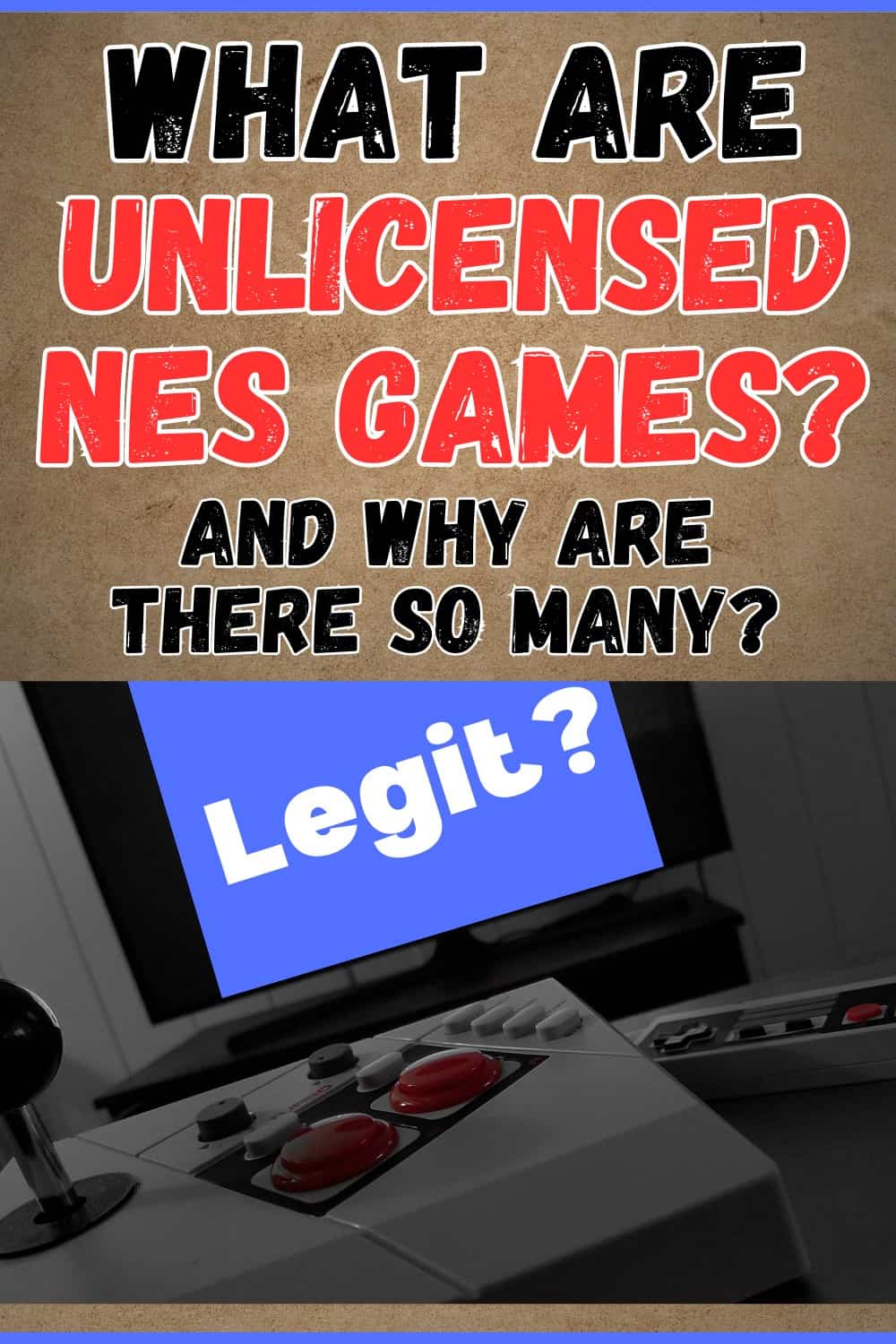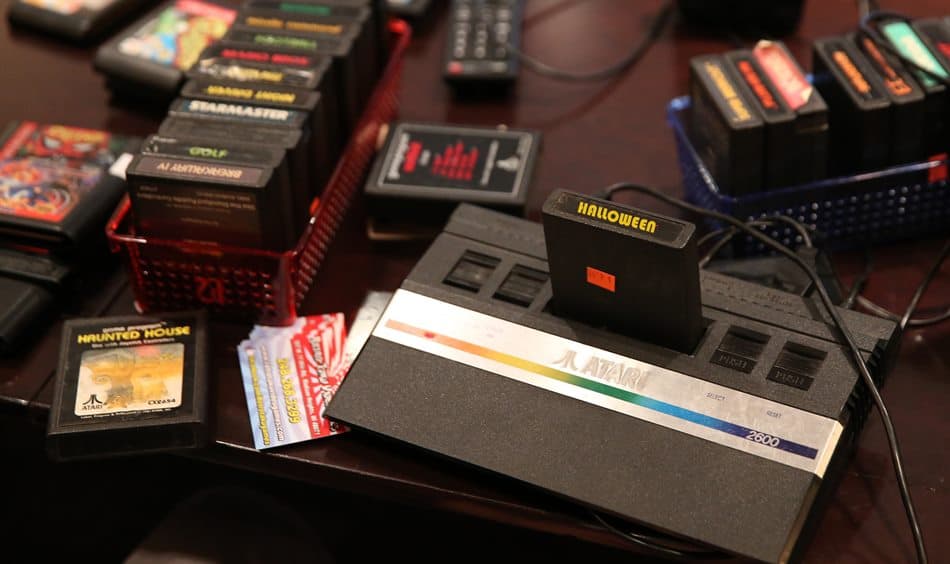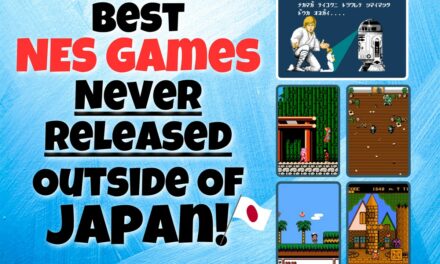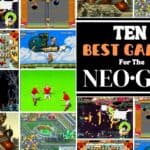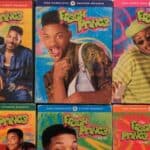When people ask how many games for the original Nintendo exist, you have to consider both the official games recognized by Nintendo and the unlicensed ones.
What are unlicensed games? Did developers actually make games about intellectual properties they didn’t have the rights to?
That’s not what unlicensed games are. There are different reasons why a release may be unlicensed. Before we cover the reasons why a game may be unlicensed, let’s first look at the effect that unlicensed titles had during the days of Atari.
A Brief History Of Unlicensed Video Games
Nowadays, if you wanted to make a game for the latest console released by Sony, Microsoft, or Nintendo, the manufacturer would have to permit you to have your game released on their console. However, this was far from the process during the early to mid-’80s.
Back then, when people were making unlicensed games for Atari and other consoles, they reverse-engineered the console, figured out how to put their games on a cartridge, and would convince stores to sell their games.
Atari and other gaming system manufacturers had no way of stopping these unlicensed games from coming to market.
This was just one of several factors that led to the eventual video game crash of 1983 in North America. Games were being made by companies that didn’t care about video games. Instead, they wanted to make a quick buck on the craze and released games that were either really bad or just didn’t work at all.
Nintendo Enters The Game
When the Famicom came out in Japan, Nintendo was eager to release the new console in North America. However, both consumers and retailers had been burned by video games just a few short years before and wanted absolutely nothing to do with them. Hence in a clever piece of marketing, Nintendo brought their new console stateside under the name of the Nintendo Entertainment System.
Nintendo successfully got its foot in North American stores by offering to purchase back anything that retailers could not sell. Between that and marketing the Nintendo Entertainment System as a “toy” with games like Duck Hunt and Gyromite, people in North America were interested in electronic games once again.
Nintendo was well aware of unlicensed games being made by developers. And set up a verification process to ensure only approved games were being made. If you look at most normal Nintendo cartridges, you will see a Nintendo seal of quality in the lower left-hand corner that the company used as a form of quality control.
Nintendo also limited the amount of games that developers could make per year, in an attempt to focus on quality not quantity. And they built a special lockout chip inside the NES hardware to ensure that no one could circumvent the system.
Blocking Unlicensed Games Didn’t Work
Unlicensed games still made it onto the Nintendo and there are a few reasons why these games were unlicensed. Let’s look at a couple of them along with the reasons that those specific games didn’t have the Nintendo seal of quality.
Companies That Made Unlicensed Nintendo Games
Tengan
One company that made the most popular unlicensed Nintendo games was Tengen. The reason for their popularity and success is simple. They made great games!
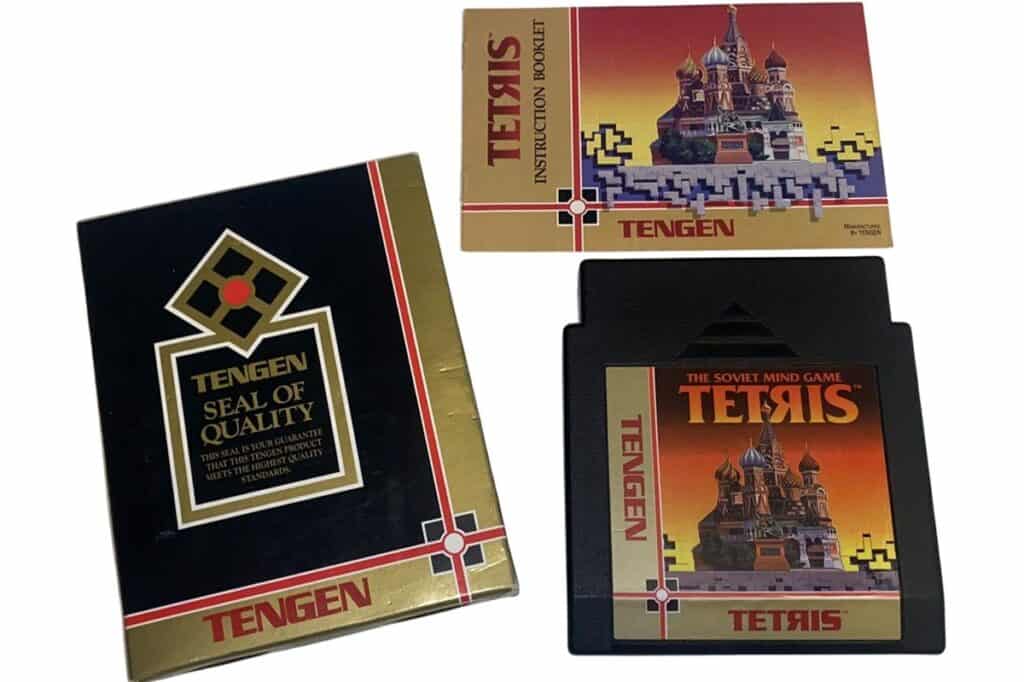
Tengen released Tetris on the Nintendo but the problem is when Tetris came to the United States of America from Moscow, several different companies had a license depending on the platform.
A judge eventually ruled that Nintendo owned the rights to Tetris on the NES and not Tengen.
This ruling would force all copies of Tetris from Tengen to be taken off shelves after only four weeks of being released. This is also the reason why the Tengen version of Tetris costs so much more than the Nintendo version of Tetris (Tengen Tetris is also just a better version of the game).
Action 52
Vince Perr, the man behind Action 52, came up with the idea after watching his son and friends play with a device that contained 40 games. The product didn’t legally have the right to play these games but this guy wanted to create something similar legally.
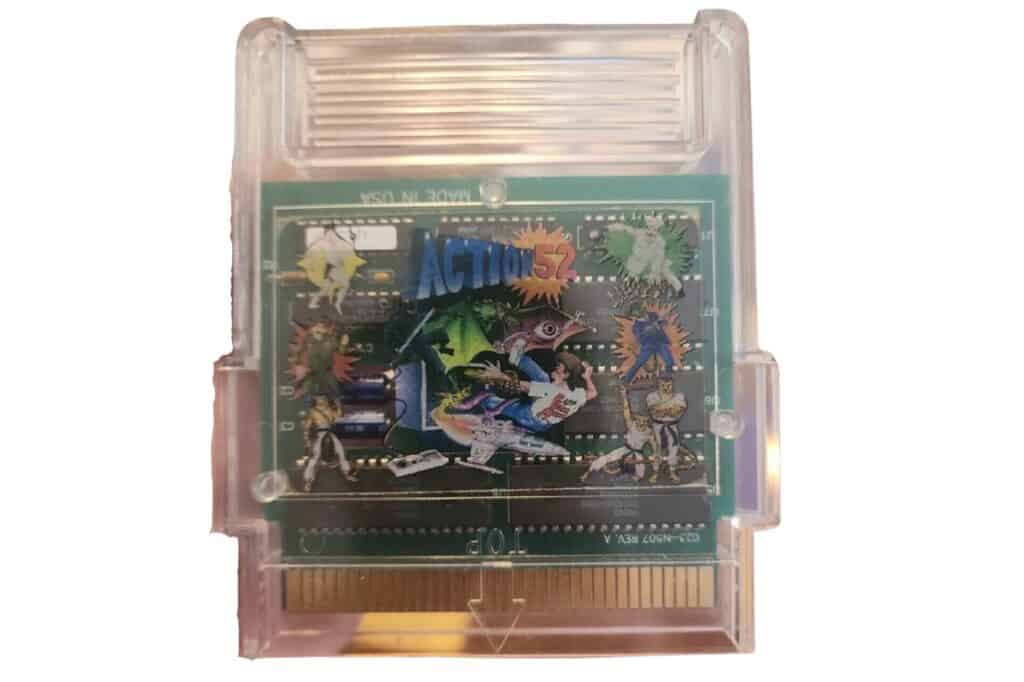
His team got to work and developed Action 52, although there are claims that the people working on the cart did not have enough time to finish all of the games. But that wasn’t important, because the development of the Action 52 served another purpose. It was supposed to launch the franchise of Cheetahmen.
When Action 52 bombed, that killed any plans of the Cheetahmen franchise which was going to have a cartoon, action figures, and other merchandise. Later, 1500 copies of Cheetahmen II were discovered in a warehouse despite the game never making it to stores.
Color Dreams

Color Dreams changed its name to Wisdom Tree and created those religious games that you have heard of if you watched The Angry Video Game Nerd.
Color Dreams released games like Bible Buffet and Sunday Funday by intentionally working around the lockout chip the NES possessed.
Camerica
Camerica created their video games for the Nintendo Entertainment System then ended up re-releasing some of their games for the Aladdin Deck Enhancer.

The reason for the Aladdin Deck Enhancer was to reduce the costs of creating new games. The cartridge had a switch on the back and the position would be used if you needed to bypass the lockout chip.
Even More!
Those are the big ones, but there were certainly more. Any cartridge that looked weird by being a different color was most likely made by a developer that didn’t have a deal to release their games on Nintendo.
Full List Of Unlicensed NES Games
Here is a list of all known unlicensed games released for the NES during its initial release:
- Alien Syndrome
- After Burner
- Action 52
- The Adventures of Captain Comic
- Baby Boomer
- Bee 52
- Bible Adventures
- Bible Buffet
- Big Nose and the Witch Doctor
- Big Nose Freaks Out
- Big Nose Freaks Out (Aladdin Cart)
- Big Nose the Caveman
- Blackjack
- Bridgetown
- Bubble Bath Babes
- Caltron 6 in 1
- Castle of Deceit
- Challenge of the Dragon
- Cheetahmen II
- Chiller
- Crystal Mines
- Death Race
- Deathbots
- Dizzy the Adventurer (Aladdin Cart)
- Double Strike
- Dudes With Attitude
- Exodus: Journey to the Promised Land
- F-15 City War
- The Fantastic Adventures of Dizzy
- The Fantastic Adventures of Dizzy (Aladdin Cart)
- Fantasy Zone
- Firehawk
- Galactic Crusader
- Gauntlet
- Hot Slots
- Indiana Jones and the Temple of Doom
- Joshua and the Battle of Jericho
- King Neptune’s Adventure
- The King of Kings: The Early Years
- Klax
- Krazy Kreatures
- Ladder to Oblivion
- Little Red Hood
- Linus Spacehead’s Cosmic Crusade (Aladdin Cart)
- Master Chu and the Drunkard Hu
- Maxi 15
- Menace Beach
- Mermaids of Atlantis: The Riddle of the Magic Bubble
- Metal Fighter
- Micro Machines
- Micro Machines (Aladdin Cart)
- MiG 29: Soviet Fighter
- Mission Cobra
- Moon Ranger
- Ms. Pac-Man (Tengen)
- Operation Secret Storm
- P’radikus Conflict
- Pac-Man (Tengen)
- Pac-Mania
- Peek-A-Boo Poker
- Pesterminator: The Western Exterminator
- Puzzle
- Puzznic
- Pyramid
- Quattro Adventure
- Quattro Adventure (Aladdin Cart)
- Quattro Arcade
- Quattro Sports
- Quattro Sports (Aladdin Cart)
- Rad Racket: Deluxe Tennis II
- Raid 2020
- R.B.I. Baseball
- R.B.I. Baseball 2
- R.B.I. Baseball 3
- Road Runner
- Robodemons
- Rolling Thunder
- Secret Scout in the Temple of Demise
- Shinobi
- ShockWave
- Skull & Crossbones
- Solitaire
- Spiritual Warfare
- Stunt Kids
- Sunday Funday
- Super Sprint
- Tagin’ Dragon
- Tetris (Tengen)
- Tiles of Fate
- Toobin’
- Trolls on Treasure Island
- Ultimate League Soccer
- The Ultimate Stuntman
- Venice Beach Volleyball
- Vindicators
- Wally Bear and the NO! Gang
Other Work Arounds To Nintendo’s Licensing Shenanigans
It is worth noting that not all companies chose to go the route of making unlicensed cartridges. Some of the larger developers just set up dummy companies to create more games under a different name. Many of these companies disappeared around the mid-’90s.
We can take for example WWF Royal Rumble for Super Nintendo and Sega Genesis. Both games were developed by the same company but LJN published the Super Nintendo version and Flying Edge published the Sega Genesis version. Why did two different companies publish the same game?
There was a rule that publishers could only release a certain amount of games every year. So Acclaim didn’t waste two allotted games on the same one, LJN and other companies used different companies to publish the number of games they wanted.
LJN and Flying Edge were both owned by Acclaim. When restrictions were lifted on the number of games that a company could publish every year, most companies like LJN and Flying Edge disappeared and Acclaim would be credited for all the games they published.
Did The Seal Of Quality Ensure Better Games
Well, yes, and It is understandable why Nintendo had such a hard stance on unlicensed games. While it was a roadblock for bad games, it was a roadblock for good games at the same time. This practice might have actually thwarted the release of good games.
Nintendo also shot itself in the foot as their tight lockdown on approved titles is one of the reasons companies like Capcom were so eager for an alternative like the Sony PlayStation.
Now you know why companies would release unlicensed games and how this was possible. Do you have any favorites? Let us know and perhaps we will make a list of the best.

